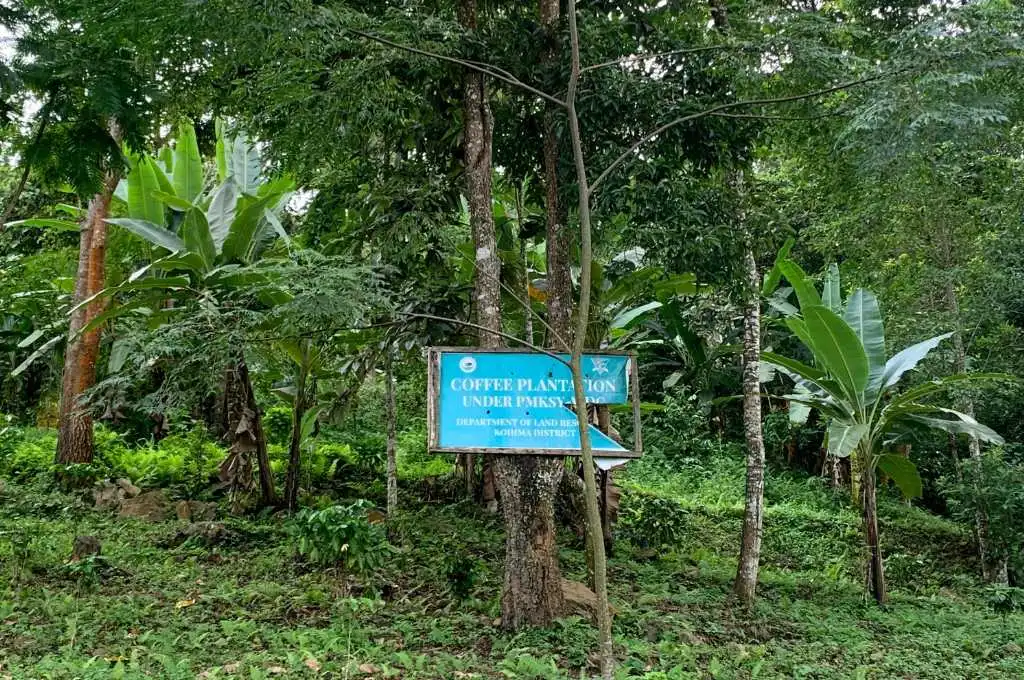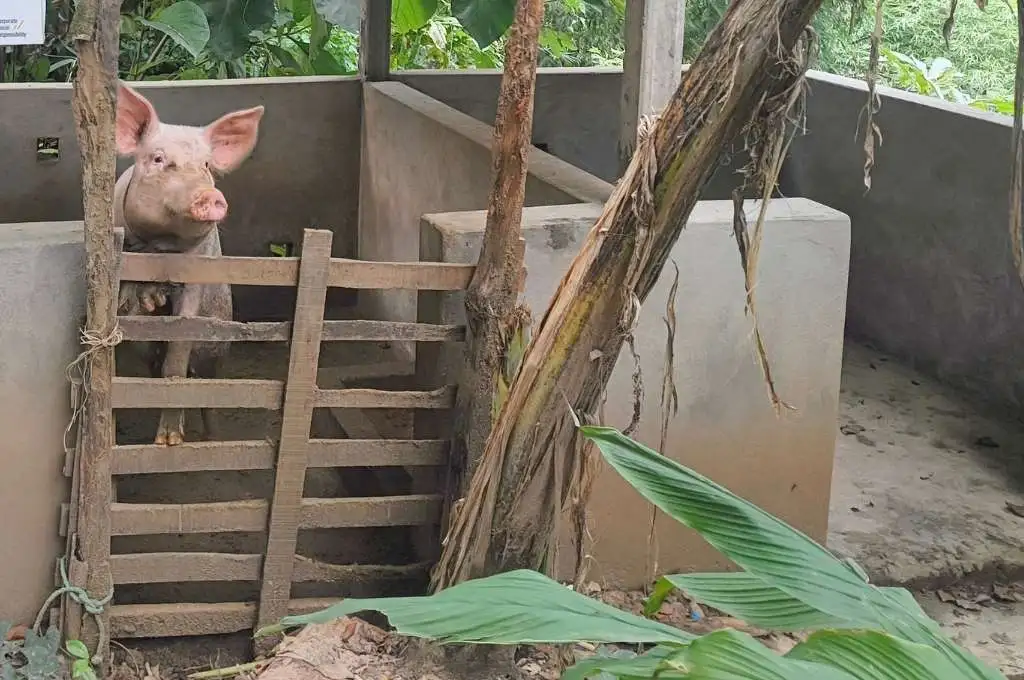READ THIS ARTICLE IN
“We want our forest rights, but Google says no”
Mahad village is part of Phulwari ki Nal Wildlife Sanctuary in Kotda block, Udaipur district, Rajasthan. This village is more than 500 years old and is still struggling for basic necessities such as livelihoods, primary schools, roads, water, and electricity.
The village area was declared a sanctuary in 1983. However, the villagers came to know about this only in 2002 when they were asked by the forest department to stop plucking tendu leaves, which they used to sell to traders to make money. When the Forest Rights Act (FRA) was enacted in 2006, the villagers saw it as a ray of hope as they believed it would help them get the title deed for their land. But since the act came into effect in 2008, only 89 out of the 330 applicants have got their title, and even this hasn’t been a smooth process.
The forest department has taken the help of Google satellite images to verify people’s right over a piece of land. Once an application is sent, the department searches the land coordinates on Google Earth. They check if the land was occupied by anyone before 2005, and accept or reject the title based on the history of the images. The law states that any technology, such as satellite imagery, should be used to supplement the evidence submitted by a claimant. It is not meant to replace other forms of proof and be considered the only evidence to decide the title.
It must be noted that under the FRA, a person can claim a maximum of 16 bighas (4 hectares) of land and use it for livelihood activities such as farming or livestock grazing. But when the department profiles these patches of land based on satellite images and doesn’t find greenery, animals, and ploughed land, they reject the claim. In many cases, people only got rights over the part of the land where they have their houses, which is 0.5 or 1 bigha, while they might have claimed 5–7 bighas of land. If villagers farm on 2 bighas of land and leave 2 bighas for animal grazing, then, according to Google, that land is not theirs because it does not appear to be ploughed. What then is the benefit of such land rights? How will the villagers use this land to run their household?
The people of the village say, “This fight has been going on for 15 years. Generations of our family grew up on this land; now we are worried if our children will be able to live here.”
In 2023, the villagers sat on a strike to get the authorities to look into the situation. The forest department agreed that it might have been a human error, and said that they will try to fix the mistake.
Sarfaraz Sheikh is associated with Kotra Adivasi Sanstha (KAS), an organisation active in Rajasthan and North Gujarat. Dharamchand Khair is the chief operating coordinator at Adivasi Vikas Manch.
—
Know more: Learn how 36 villages in Odisha are conserving their forest.
Do more: Connect with the authors at kas.sansthan98@gmail.com to learn more about and support their work.



